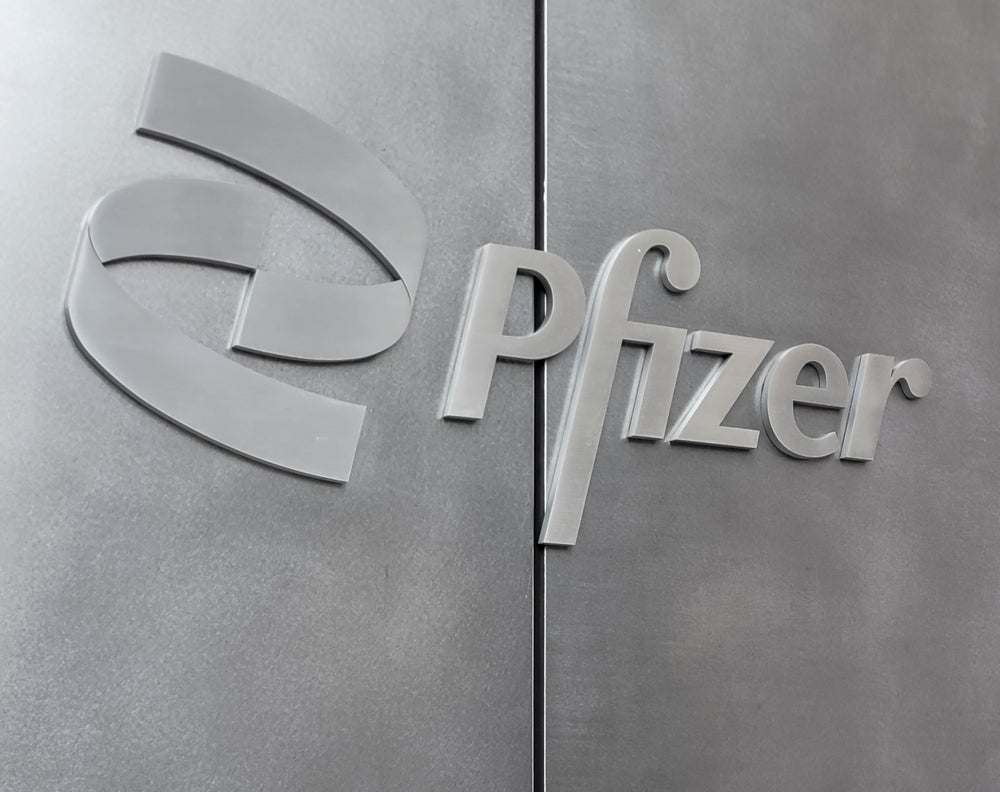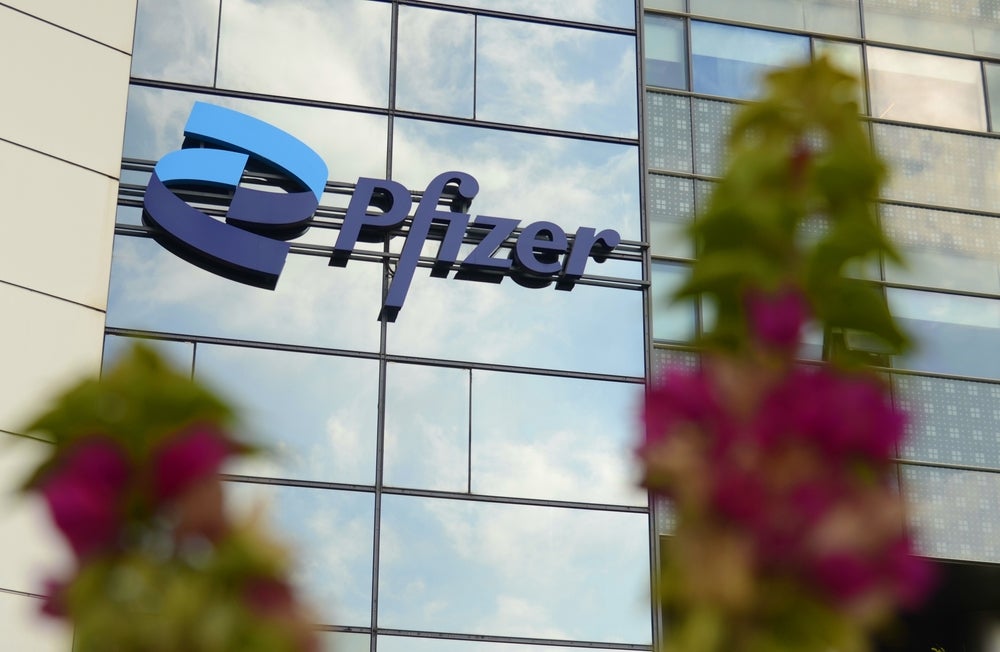Therapies targeting specific biomarkers have been widely used as a standard of care in many solid tumour types, but not in bladder cancer. As such, clinical trials have been put in place to meet this unmet need. In April 2019, both clinical success and failure were seen in the bladder cancer clinical pipeline.
Bladder cancer treatment
Janssen’s Balversa (erdafitinib), a kinase inhibitor, became the first in market targeted therapy after receiving accelerated approval from the US Food and Drug Administration. However, Clovis Oncology’s poly ADP ribose polymerase (PARP) inhibitor Rubraca (rucaparib) was discontinued from clinical development in bladder cancer after showing no clinical benefit.
Globally, patients are generally diagnosed with bladder cancer after the age of 60 years. Therefore, the management of bladder cancer can be complicated with co-morbidities and performance status affecting clinical decisions. At present, the highly emetogenic and myelosuppressive chemotherapy regimens offered in the first-line setting are the only option for patients regardless of performance status if they do not express programmed cell death protein 1 (PD-1).
However, clinicians are aware that the presence of non-nodal metastases and Eastern Cooperative Oncology Group (ECOG) performance score greater than or equal to 2 strongly predict poor outcomes with chemotherapy.
Additionally, for patients who progress and are platinum therapy ineligible, PD-1 monotherapy, best supportive care, or clinical trials are the only treatment options available. Many physicians have been aware of the clinical benefits of targeted therapies and have expressed that they would prefer to use targeted therapies in their patients.
While Clovis Oncology was looking to carve out a niche for its PARP inhibitor in the entire bladder cancer population, Janssen’s drug seems to be an option for only 20% of the population in which fibroblast growth factor receptor (FGFR) mutations are seen. Now approved, Balversa has the potential to be the treatment option this subgroup of patients has been awaiting. However, it could be moved out to the third line, as the PD-1 inhibitors currently sit in the second-line setting.
How well do you really know your competitors?
Access the most comprehensive Company Profiles on the market, powered by GlobalData. Save hours of research. Gain competitive edge.

Thank you!
Your download email will arrive shortly
Not ready to buy yet? Download a free sample
We are confident about the unique quality of our Company Profiles. However, we want you to make the most beneficial decision for your business, so we offer a free sample that you can download by submitting the below form
By GlobalDataMany patients will prefer the once-daily oral dosage form of this novel therapy as it allows them to maintain an almost regular daily routine with monthly physician visits. The adverse drug reaction profile of Balversa looks to be favourable with less hematological toxicities, but an increased prevalence of hyperphosphatemia and serous retinopathy/retinal pigment epithelial detachment, which can lead to dose reductions. As such, close monitoring is required in the first three months of therapy.
Furthermore, this drug has been associated with embryo-fetal toxicity, although this should not be a cause for concern as many patients who have urothelial cancer tend to be older in age. This drug could allow Janssen, a subsidiary of Johnson & Johnson, to monopolise upon an unmet need. However, it could also face reimbursement issues globally due to the marketed price of Balversa being in the range of $10,080 to $22,680 for a 28-day supply, depending on the dosage, which Janssen believes is in line with the cost of other oncology medicines. Furthermore, there are several drugs in the pipeline that could cause some in-class competition for Balversa, such as Incyte’s pemigatinib and QED Therapeutics’ infigratinib.
For many clinicians, Merck’s Keytruda (pembrolizumab) is the frontrunner for the second-line setting in bladder cancer. Still, many clinicians are waiting for robust clinical trial data to support novel treatments such as PARP inhibitors for the broader population. For Clovis Oncology, this is reassuring news, as it allows the company to try and capture the market once again in a doublet combination with Bristol Myers Squibb’s nivolumab. Clovis Oncology will also face potential competition from AstraZeneca, which is in Phase II trials with olaparib monotherapy as well as in combination with Imfinzi (Durvalumab).
Clinicians may be sceptical about Balversa’s benefit even though it has gained FDA approval. Thus, a Phase III head-to-head trial against Keytruda is needed and has been planned. If positive results are shown, Balversa may become the standard-of-care in the second-line setting and become the new drug of choice for at least 20% of bladder cancer patients.










Related Company Profiles
Eastern Cooperative Oncology Group
QED Therapeutics Inc
AstraZeneca Plc
Bristol-Myers Squibb Co
Clovis Oncology Inc